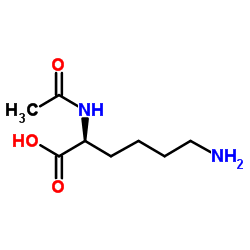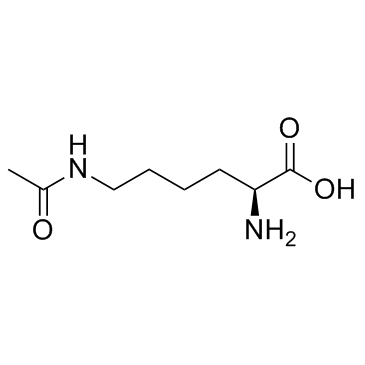| Structure | Name/CAS No. | Articles |
|---|---|---|
 |
AC-Lys-OH
CAS:1946-82-3 |
|
 |
N6-acetyl-L-lysine
CAS:692-04-6 |